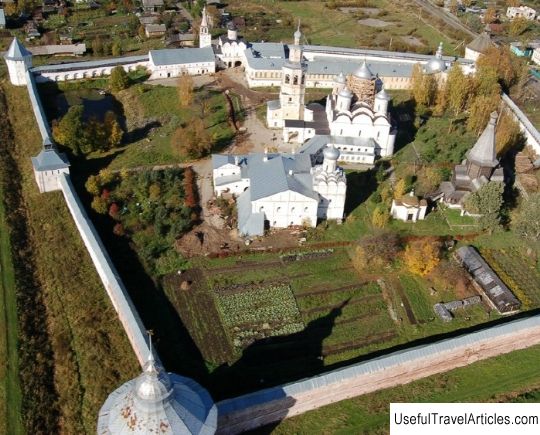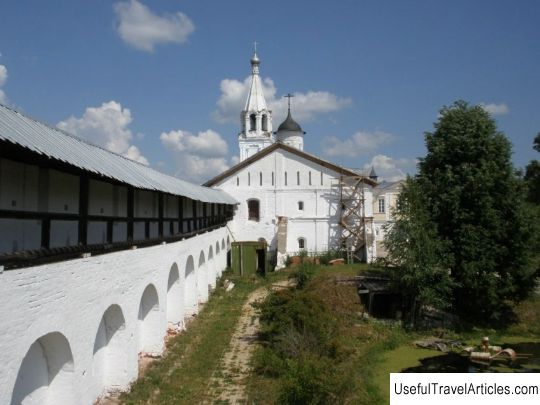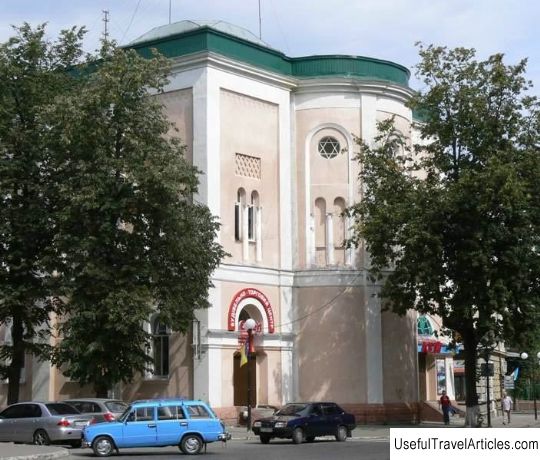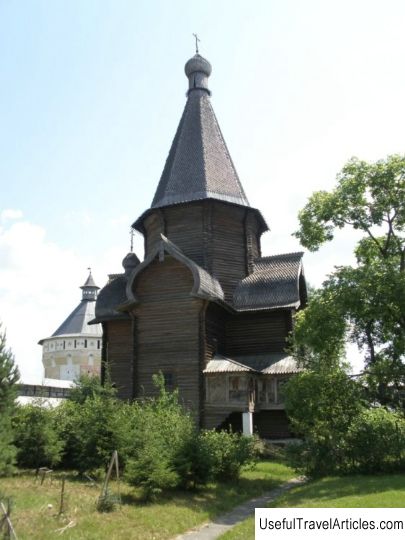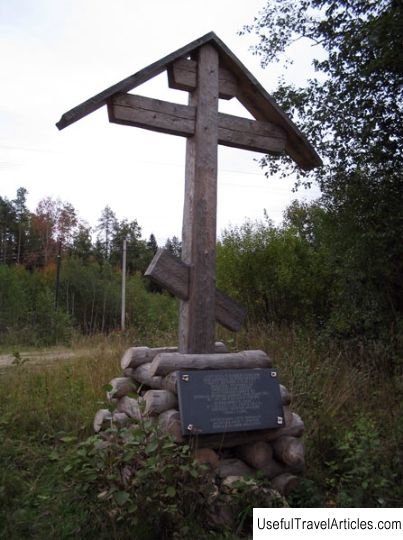Spassky Cathedral of the Spaso-Prilutsky Monastery description and photos - Russia - North-West: Vologda
Rating: 8,3/10 (7895 votes) 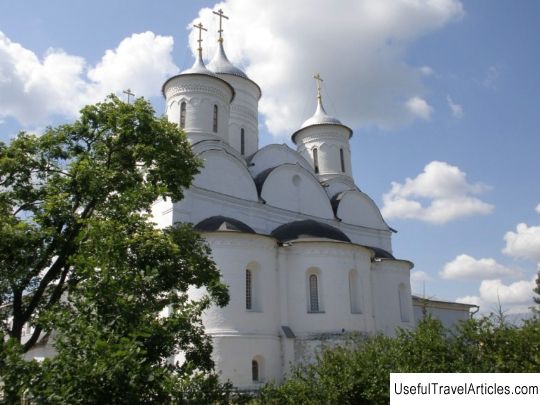
Spassky Cathedral of the Spaso-Prilutsky Monastery description and photos - Russia - North-West: Vologda. Detailed information about the attraction. Description, photos and a map showing the nearest significant objects. Photo and descriptionSpaso-Prilutsky Monastery is considered one of the largest monasteries in the North, an excellent architectural ensemble of Ancient Rus. It is located northeast of Vologda. The monastery got its name from the main Church of the Savior and the bend of the river on which it is located. The artistic significance of the monastery is extremely high: the main features of the Vologda structures for three centuries are concentrated here, and the architectural monuments of the monastery consistently reflect all periods of construction in the north of Russia from the 16th to the 18th century. This monastery was erected at the end of the 14th century, in the period from 1377 to 1392. The monastery was founded by Saint Dmitry Prilutsky, a disciple and spiritual friend of Sergius of Radonezh. Saint Dmitry built a church in the monastery and near it - cells for monks. These buildings were made of wood. The construction of the monastery near Vologda was supported by the Moscow prince Dmitry Donskoy, who donated funds for the construction. The architectural ensemble of the monastery includes excellent architectural monuments from the 16th-17th centuries: the gateway Church of the Ascension with a hipped bell tower, the Spassky Cathedral and the bell tower, the cellar building, the refectory church with passages, the Church of All Saints, the rector's cells, the Church of the Assumption, the wooden church of Catherine, as well as walls with towers that surround the monastery. The Savior Cathedral together with the bell tower are located in the center of the monastery. This is the very first church built of stone in the 16th century in Vologda. The Savior Cathedral was erected in the image of Moscow ones. This is a two-storey temple with a cubic shape, four pillars, three apses. The cathedral is crowned with five helmet-shaped domes, which are located on round drums. Each of the heads bears an iron carved cross. On the drums at the base of the heads, a cornice decorated with an ornamental cut. The lower floor of the cathedral has a vaulted ceiling, and the cross vaults of the upper church are propped up by four pillars, which have a square cross section, as well as walls. From the outside, the walls of the cathedral are decorated with four pilasters, three semicircular zakomaras support the cornices of the pilasters. The cornice of the apses is decorated with small arches. In the period from 1654 to 1672, the southern and northern porches were added to the cathedral. Much earlier, even before the 17th century, the western porch was added. In 1811, on September 17, a fire broke out. The interior was destroyed by fire. Some chapters were also damaged by fire. In 1813-1817, work was carried out to restore the cathedral. The damaged heads were given a jug-like shape. The charred walls were restored. Inside the cathedral, the walls were plastered. In 1841, a Vologda peasant Mikhail Gorin made a new chapter with crosses at the cathedral, and a new spire on the bell tower. Now the cathedral and the bell tower have their original appearance. Simultaneously with the cathedral, the bell tower was built in 1537-1542. Soon this bell tower was dismantled. The new one, which has survived to this day, was built in the period from 1639 to 1654. In 1736 this bell tower had eighteen bells. The big bell weighed 357 pounds 30 pounds, on the messenger bell, which weighed 55 pounds, were depicted Prince Dimitri and John of Uglich. The bells were cast by Korkutsky Ioann Kalinovich in 1736–1738. Over the ringing in the upper eight, a large combat wheel clock was identified. All the premises of the lower quadrangle were transferred to cells and a church. The patterned cornices of the bell tower and keeled arches resonate with the decorative belts of the monastery churches. Covered passages connect the Spassky Cathedral with the complex of buildings of the mid-16th century. In architecture, these buildings are similar to the Spassky Cathedral and together with it they form an integral ensemble. The monastery was closed from 1924 to 1991. Now life in the monastery has resumed, the monastery has workshops (among them - icon painting), a library, a Sunday school is open for boys.             We also recommend reading Museum of the Moscow Railway description and photo - Russia - Moscow: Moscow Topic: Spassky Cathedral of the Spaso-Prilutsky Monastery description and photos - Russia - North-West: Vologda. |
